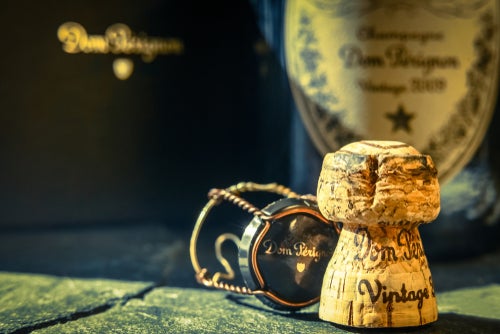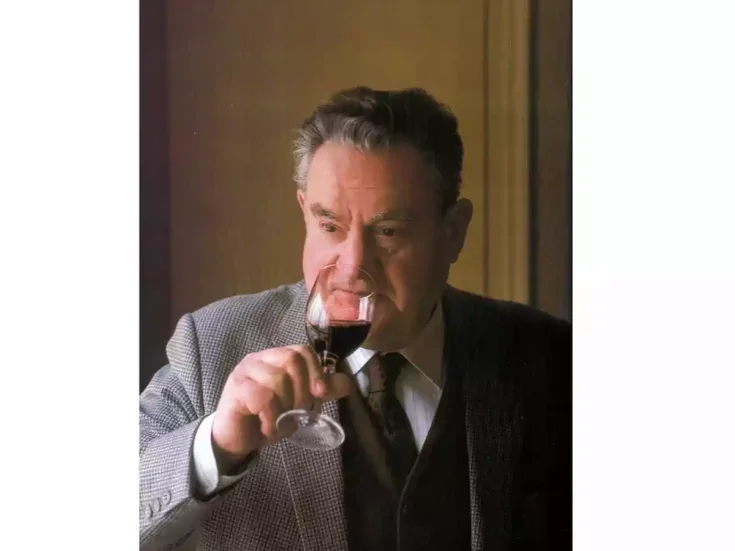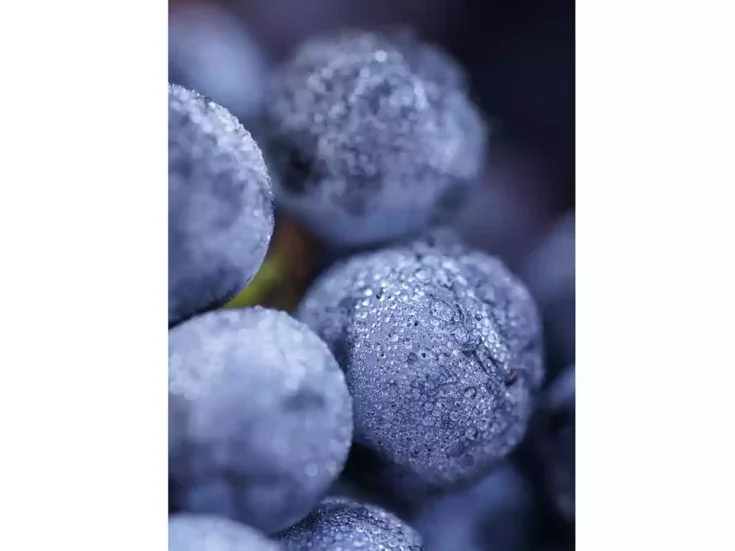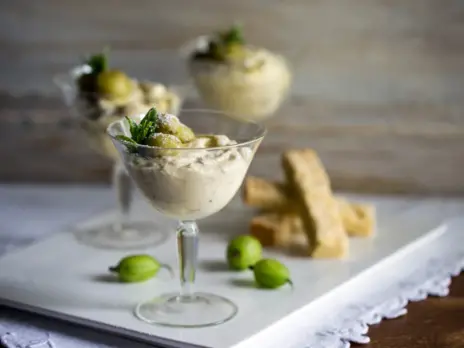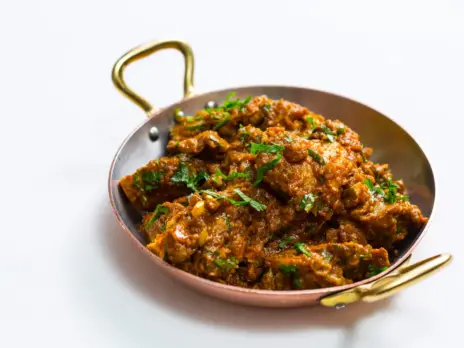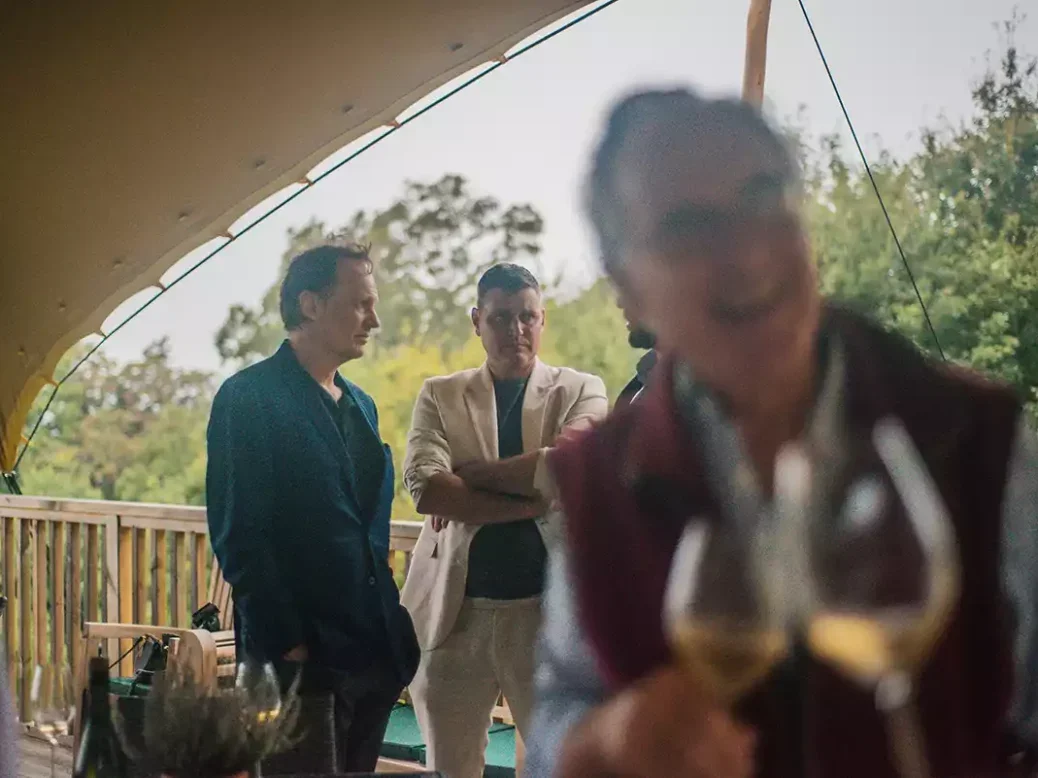
Margaret Rand travels to the Black Down Hills in Sussex to meet the team behind Weyborne Estate.
When new owners buy an estate, they graft. I’m not talking about viticulture here; I mean the tendency of new owners to graft themselves onto existing roots.
They’re quite right to do so. The very model of a modern major-general in Gilbert & Sullivan’s Pirates of Penzance says of the church effigies in his newly acquired estate, “In this chapel are ancestors… I don’t know whose ancestors they were, but I know whose ancestors they are.” He is their “descendant by purchase.”
And so we come to Weyborne, on the Black Down Hills in Sussex. There is no ancestor-haunted church on the estate, but there is a very beautiful 17th-century house, and Edward VII, George Bernard Shaw, Oliver Cromwell, and Alfred Lord Tennyson all visited in their various days. So, which root to choose? Edward VII, best known for his girth and voracious sexual appetite? Maybe not, these days. George Bernard Shaw? Didn’t drink. Cromwell? Oh, please. Which leaves Tennyson.
Weyborne’s flagship cuvée is thus named Oriana but is less “sweet and meek” than its poetic namesake. They did find a sword, buried at the foot of a yew tree, in the grounds (“In the yew-wood black as night, Oriana”)—and I daresay if they looked, they could find a “mirror crack’d from side to side,” if they fancied a swerve to “The Lady of Shalott.”
But enough of this. The point is that Weyborne is a new estate making remarkably good wines, despite being higher up and with lower yields than any textbook would recommend; and with the 2022 appointment of Benjamin Abric as general manager, it is getting it more and more right.
Nick Clarke worked (and still does) in energy and bought Weyborne in 2010. It consists of 300 acres (120ha), with 25 acres (10ha) planted with vines now and in full production. Half is Chardonnay, 30% is Pinot Noir, and the rest is Pinot Meunier, with a bit of Pinot Noir Précoce (or Frühburgunder; see WFW 47, pp.149–53), which in 2024 was sold to Wiston for its still rosé. Wiston makes all the Weyborne wines, though there are thoughts of building, buying, or extending to have a winery; exactly where is not clear, however, since the road to the estate is single-track, and one can imagine what the planners and the locals would say.
Clarke bought it for the land: He loves horses and has polo ponies, and if you didn’t know he loved horses, you could infer it from the numbers of horse sculptures dotted around. There were some vines there when he bought it, and Clarke was curious about wine—but production had been minimal, and 2018 was the first real vintage. By 2021, production was 3,000 bottles, and in Abric’s first year, 12,000 bottles; in 2023, 55,000 and in 2024—in that year of rain and downy mildew—production dropped by 20–30%. “The average will be 50,000–60,000 bottles,” Abric now predicts.
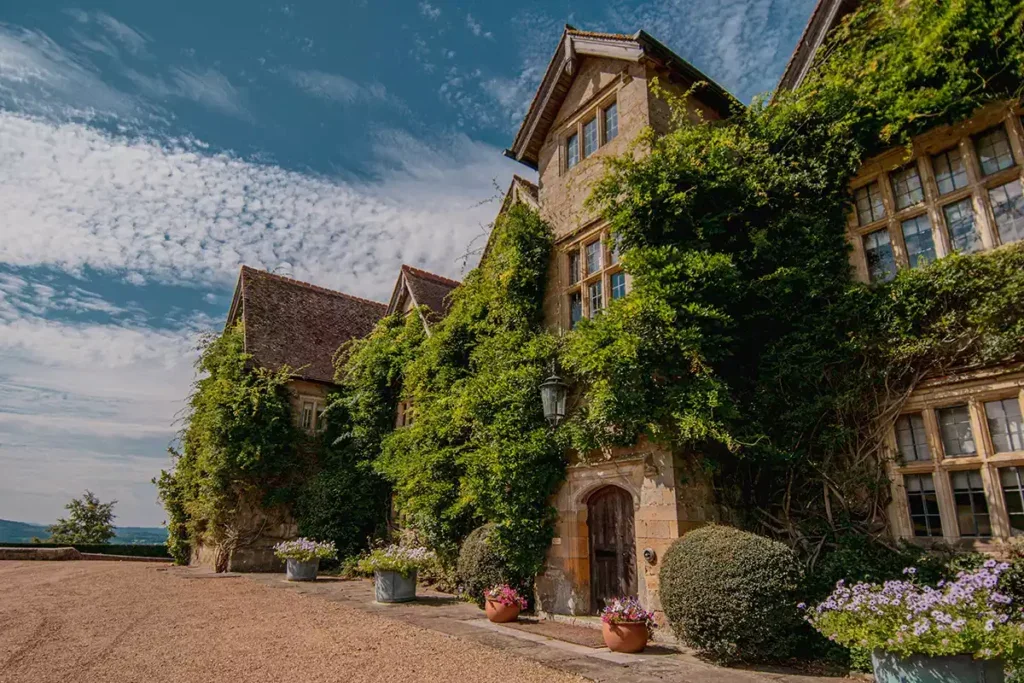
All in for the long term
There are three strands to this story: the land, Abric, and Clarke. So let’s look at Clarke first.
His parents were musicians: His mother played the violin and his father the clarinet, both in the Hallé Orchestra under Sir John Barbirolli. Their advice to their son was firm: Do not become a musician. So, he studied geology instead. “When I was very young, I was always hitting things with a hammer to see what happened. I haven’t changed much since then.” Then he was advised not to be a geologist, and then told not to go into mining; “so I went into oil and became an oil engineer. I’d always been a bit of a trader, and I got interested in trading oil.” And from there he moved to renewables—funding wind farms, that sort of thing. “That’s where I am today.” (“Where Norland winds pipe down the sea, Oriana.”) In 2009, he came across Black Down. He wanted space, and he liked the geology here, the sandstone interface with clay and the natural water supply. The vines were not the major attraction: “I wanted a big house, so I bought a big house… I thought you had to be a big drinker to be interested in wine.” But then “I came across Ben, who has taught me everything.”
Abric reckons that Clarke was on the point of giving up on wine when he arrived. A couple of local sheep farmers used to bring sheep into the pasture, and the vines were not in great shape. The land was more of an attraction for Clarke: “I always wanted to have a garden. Watching it grow on you is wonderful.” The house has a splendid 19th-century garden with a 19th-century bathing pool and a little waterfall and big specimen trees. And of course, horses; he’s played polo for 25 years, and bred horses—and that, he says, is an even bigger money pit than a vineyard. Which is saying something.
“It’s not about money,” he insists, while saying he has so far put in “millions. A lot of money. But it doesn’t matter. It just matters that we do it well. It’s important in ventures that you’re not driven by the amount of money you put into it. That’s a bad way to run a business.”
His philosophy, he says, is always “to take what I’m given and do the best with it.” So, when he started to get interested in the vines, and started to realize that he had interesting terroir, he began to think he could do something with it.
“There have been other businesses I’ve had that have succeeded. Some haven’t taken off, but nothing major. But if you’re half-hearted, they never work. You have to be long-term if you want to be the best.” How much has he put in? “I don’t want to know. My finance guy will tell me how crazy I am. Probably not far short of £10 million. But you only learn from your mistakes, and you fail in a vineyard before you succeed. Success is going from one failure to another and still having enthusiasm.” (A touch of “The Charge of the Light Brigade”? With a better outcome, of course.)
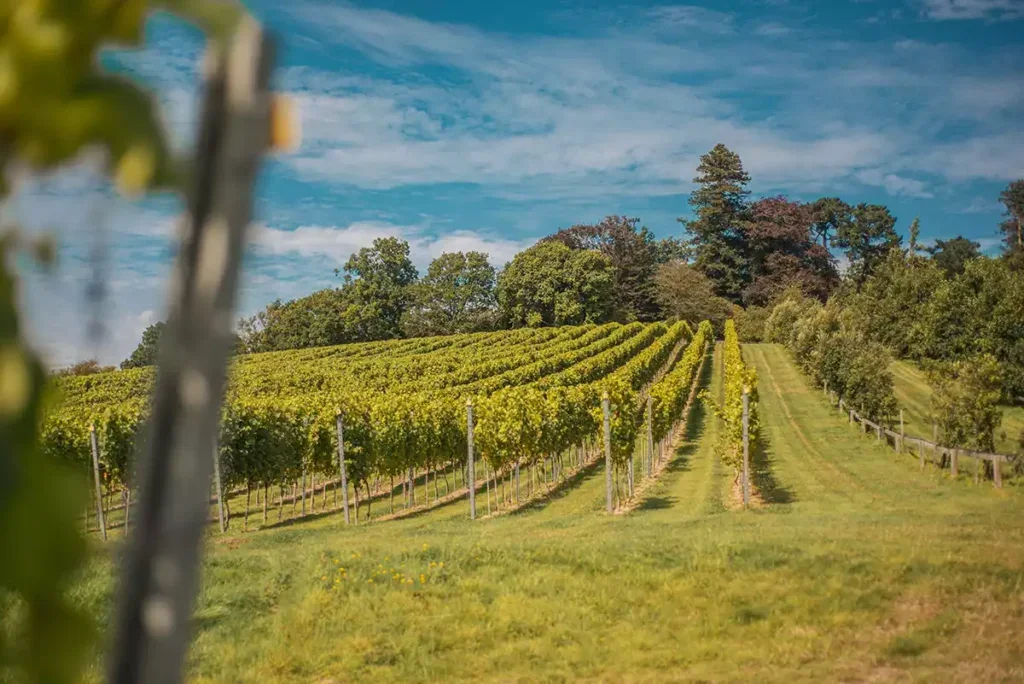
Really wanting it
When Abric first saw the vineyard, overgrown with weeds, he thought, What am I looking at? Because if Clarke was just getting into wine, Abric had been there a long time. He grew up in Pic St-Loup, where his stepfather had a 50ha (20-acre) domaine, and other family members owned a big domaine in Tavel, Château d’Acqueria, which Guigal bought in 2022. “I started doing everything,” he says, “from pruning, to leaf-pulling. I drove my first tractor at 13 and was involved in the harvest.” At weekends and in the holidays he gradually did more and more, and got a master’s in enology and viticulture, “and I thought I did not need the family domaine anymore. I wanted to explore others.”
At first, Abric stayed in the south of France and then looked online to see which regions were developing and found Virginia in the US. He worked at various estates there but left in 2009 because of visa issues. “I met lots of extraordinary people there.” So it was back to France and experience in St-Véran and the Loire, and a period in which he wanted to do something other than wine. “I’d been doing wine since I was 10 or 11, and now I was 32.” What came next was commodity trading in the Democratic Republic of Congo and Zambia—and yes, his wife and three children came, too.
That lasted a few years, until Abric realized that actually wine was what he wanted to do. His wife by now was working for a law degree, and they went to Cardiff in Wales, where she finished her degree. “I was not convinced by Welsh wine, but I did some wine trading, which was fun, and I opened a business in Cardiff, which was quickly bought out.” After that, “I reached out to headhunters, and I came across Nick. He was very passionate about wine but had never quite found the right person to make his ideas come true.” Clarke had of course also been in commodity trading and thought Abric could lead with the challenges. “Nick was almost ready to quit. But I said, You have to expect ups and downs.” He also asked Nick if he wanted to make a profit in the next five or so years? “If you do,” he said, “I’m not the man for you. And it’s been just spending so far.”
In 2022, they dug some holes with Abric’s wife, who is a geologist, and they looked at rootstocks and clones. The basic decisions had been right: Vine Care had advised on rootstocks and clones in the early days and had given good advice. What about other consultants? “I’ve talked to most of them,” says Clarke. One might infer that much of their advice was that he couldn’t have a vineyard at that altitude. And, he says, it’s not that it doesn’t work at this altitude; it’s just not easy. “I like to test boundaries and test theories,” he says. “I’m a scientist, so I do apply science; I’m not completely crazy. Winemakers are in love with yields, which is okay. But nil difficile volenti [nothing is difficult to the one who wants it]; it’s how I’ve lived my life, and it’s how I am. But we live in a world where we’re brainwashed by what investors tell us.” One of the benefits of having money, he says, is that you don’t have to be. And, he points out, they’ve never had a frost since he’s been there.
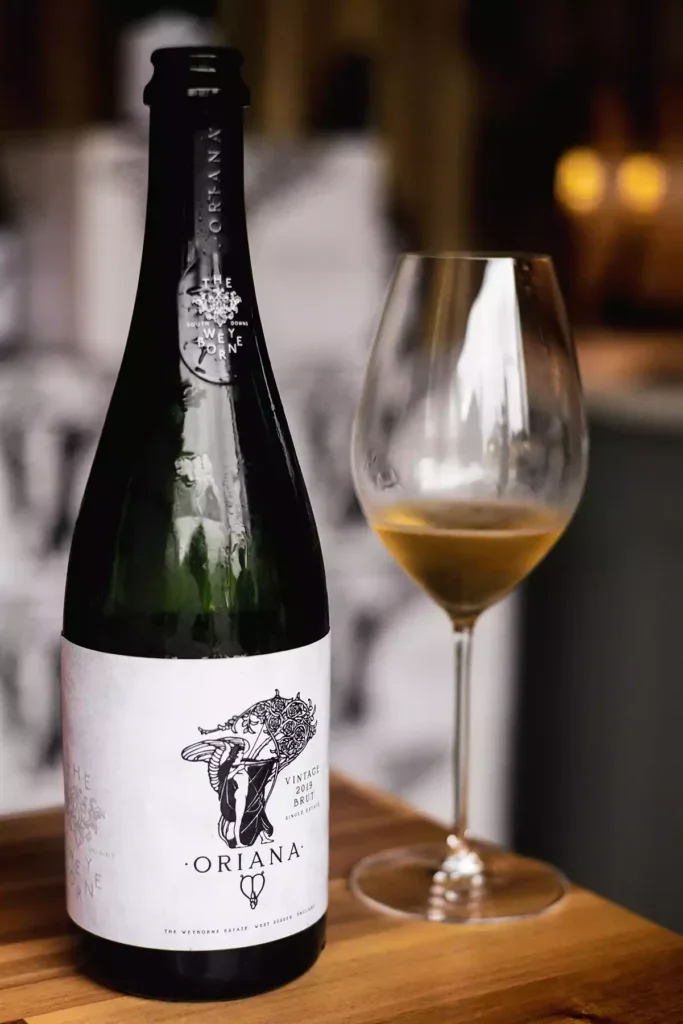
Plans, plots, and cuvées
Clarke and Abric evolved two plans. First, over five years, to put everything back together and look at soil, pH, and cation exchange, and get back in business. “Over the past three years, we’ve been working on that, and we’ve got there slightly earlier than we expected.” The second phase is to get better: to look at sustainability, water management, all that. Being fully organic is probably not possible—look at the wet summer of 2024—but they can certainly avoid herbicides and pesticides. Abric wouldn’t mind avoiding badgers, too, which in 2024 ate their way through 1.5 tons of fruit. (They seem to prefer Pinot Noir to Chardonnay.)
The vineyard is divided into five plots, named Patron, Polo Fields, Yaldwyn (for the family of ironmasters that built the house in about 1640), Semaphore (from 1796 to 1816, there was a telegraph station quite nearby, linking the Royal Navy in Portsmouth to the Admiralty in London), and Cromwell. They face more or less south, on greensand and clay over chalk, the chalk starting at a depth of about 4.5ft (1.4m). The clay is the kind that is either dry and compacted, or so wet that it suffocates the roots, so Abric disc-plows the top 4–8in (10–20cm) to encourage the roots to go deeper. “I don’t want them to have it too easy. There’s a bit of an excess of nitrogen, too, so I’m looking at a competitive grass, a red fescue, that grows slowly and not too high.” Keeping yields up is often a problem, and there is about one week’s difference in ripening between the highest spot, at 620ft (190m), and the lowest, down at 360ft (110m).
The more one knows about Abric and Clarke, the less the “sweet and meek” Oriana seems appropriate for their wine: Oriana the wine has structure and some toastiness, and plenty of acidity. But it’s a nice name, and the women in Tennyson’s poetry do tend to be a bit limp; he was of his time. The idea now is for Oriana to replace the Non-Vintage Family Reserve, to make a Vintage wine when the year allows, as well as a blanc de blancs that is still officially nameless; a special cuvée called Temple of the Winds (named for a Bronze Age earthwork on nearby Black Down Hill), with five to seven years on the lees, so intended for release in 2028; plus a rosé. They won’t make still wine, and they don’t plan to go into hospitality, except in a very limited way, for particular events.
So, what’s next, Nick Clarke? Argentina?
He already has an estate in Argentina, as well as one on Lewis (which, appropriately, is off-grid). “I might start putting vines in Argentina if Ben can persuade me… It’s horses at the moment.” He can only spend 90 days out of every 180 at Weyborne, and part of the rest of the time in Paris, from where (since he has a helipad at Weyborne) he can fly to Sussex and arrive before he leaves. Fiscally he is based in Cyprus. Or as Tennyson wrote, “Alone I wander to and fro, Oriana.”

